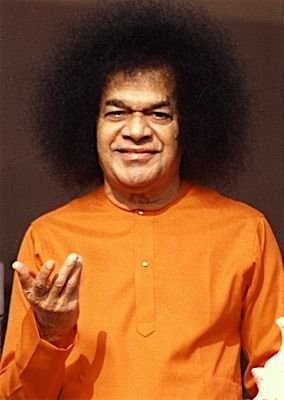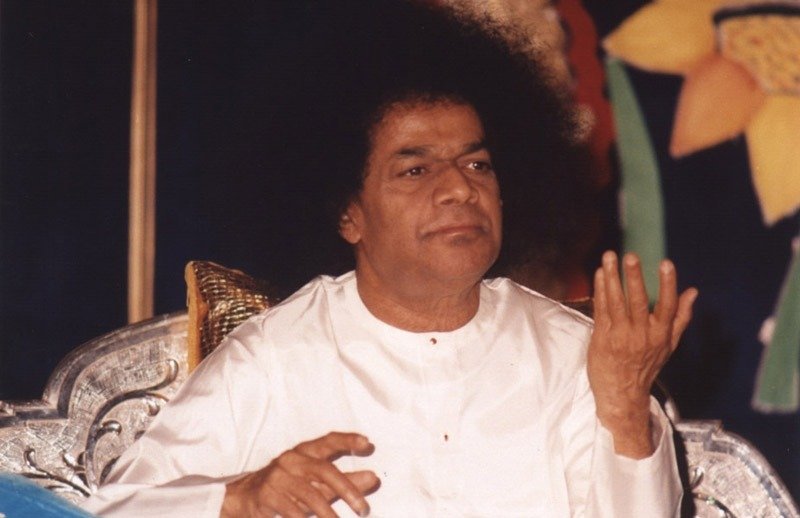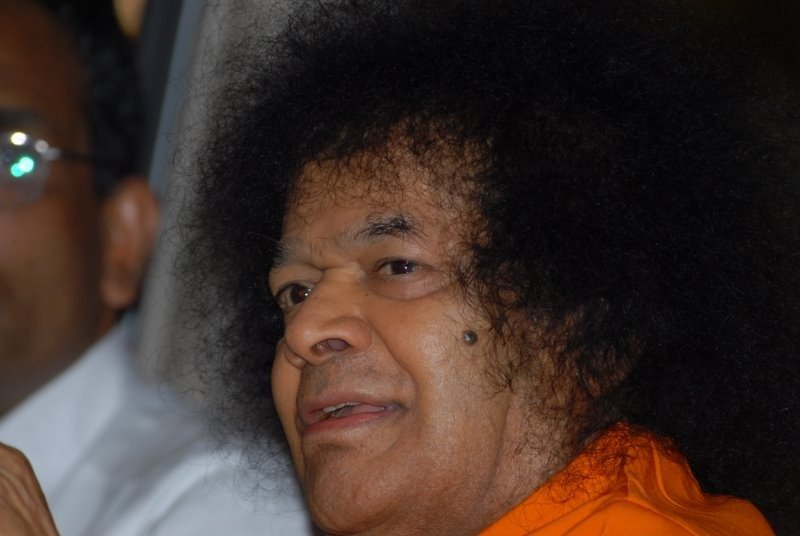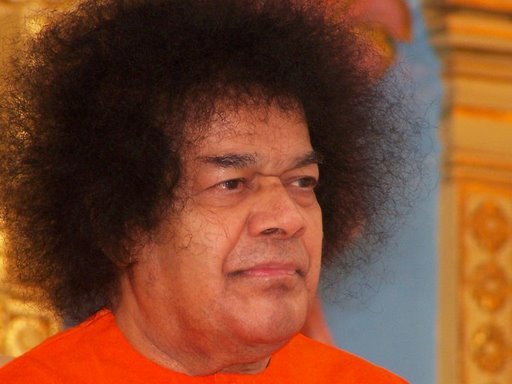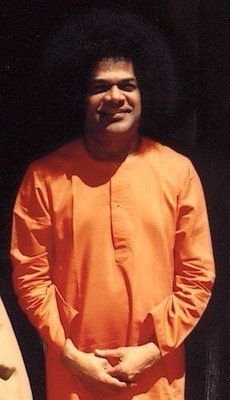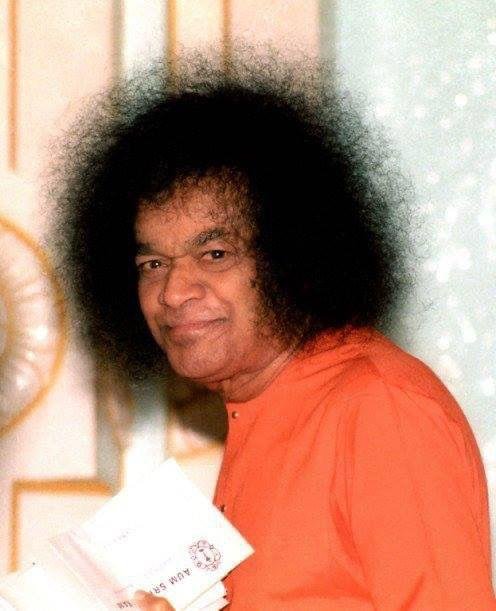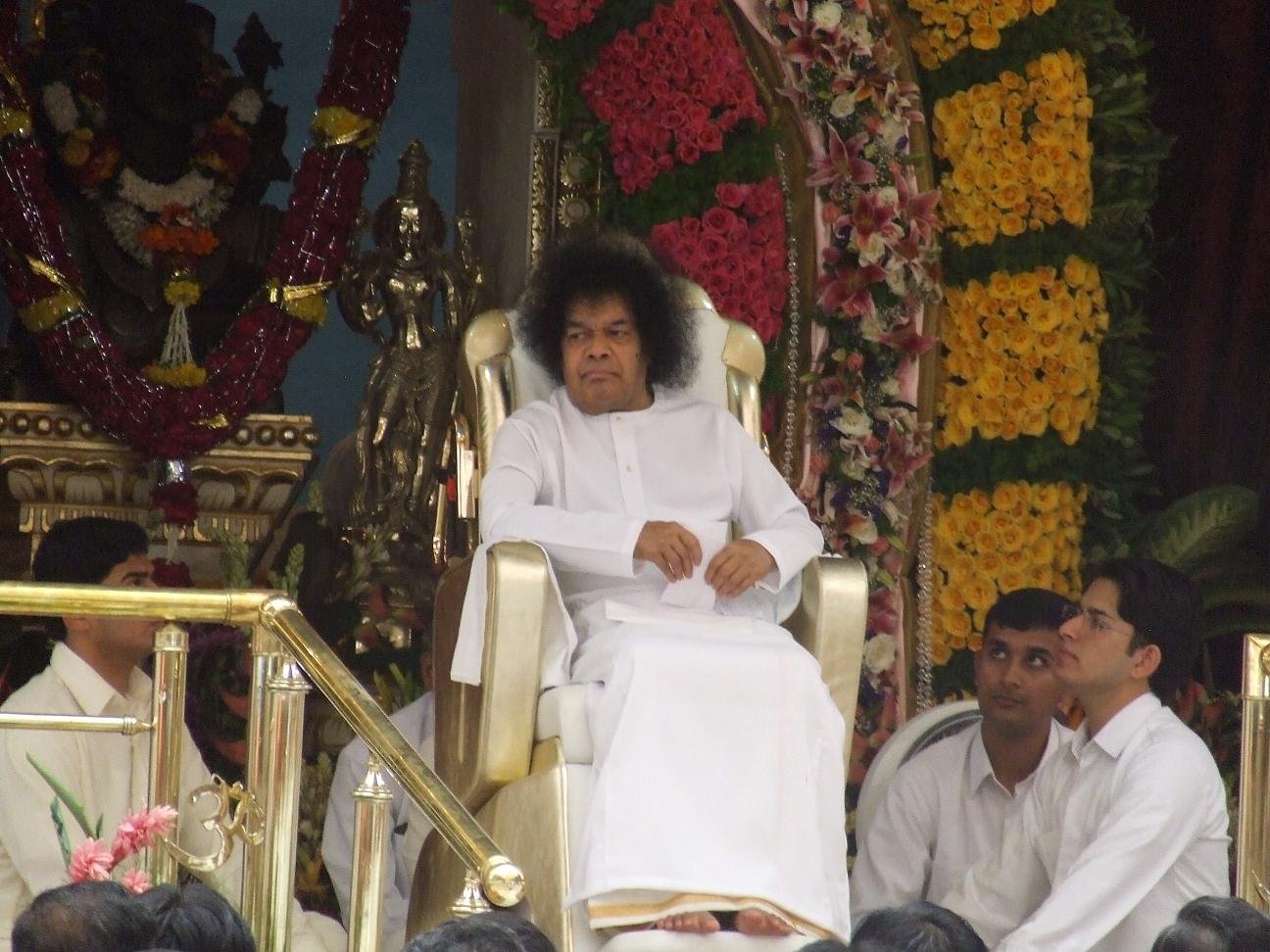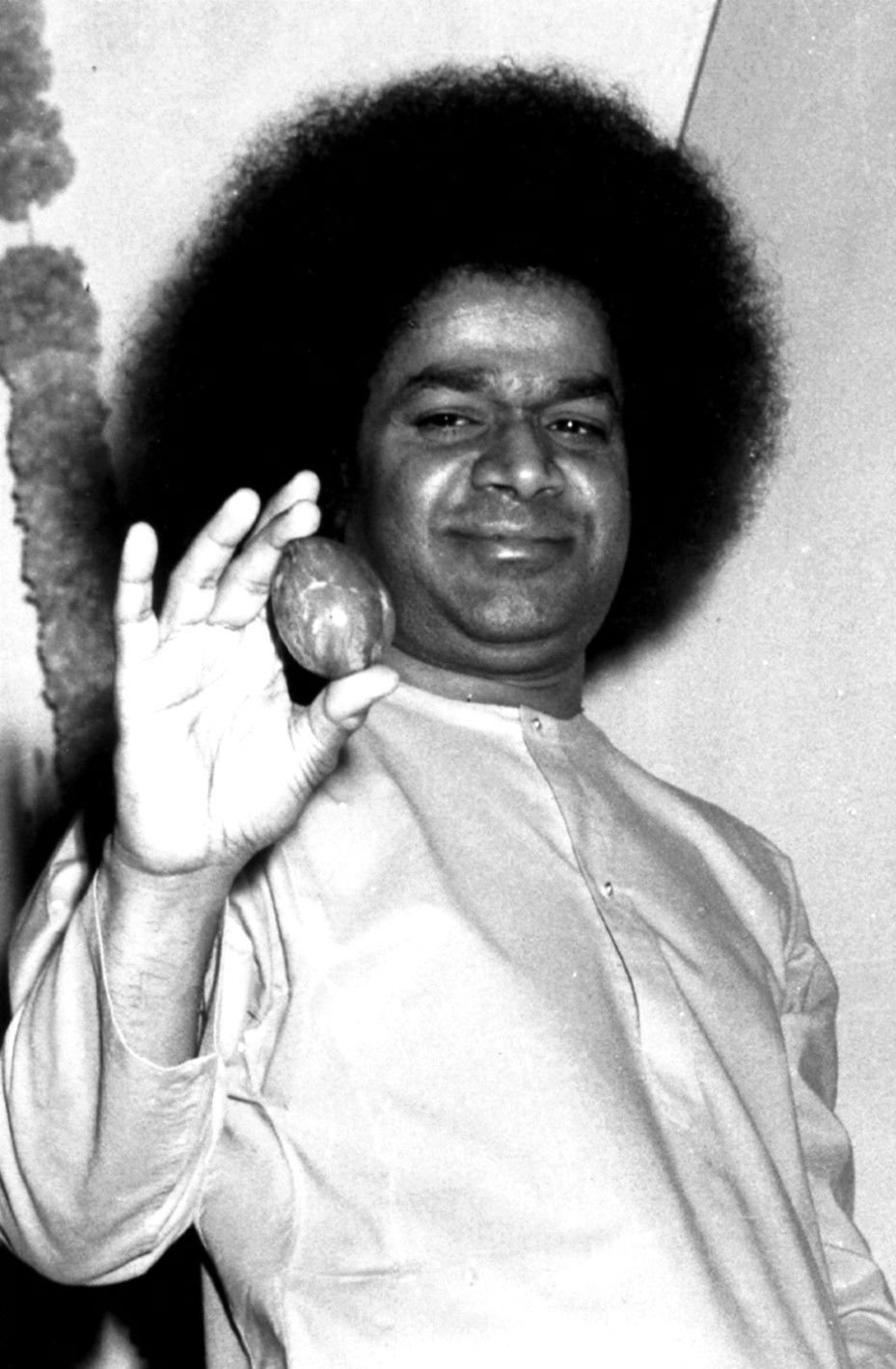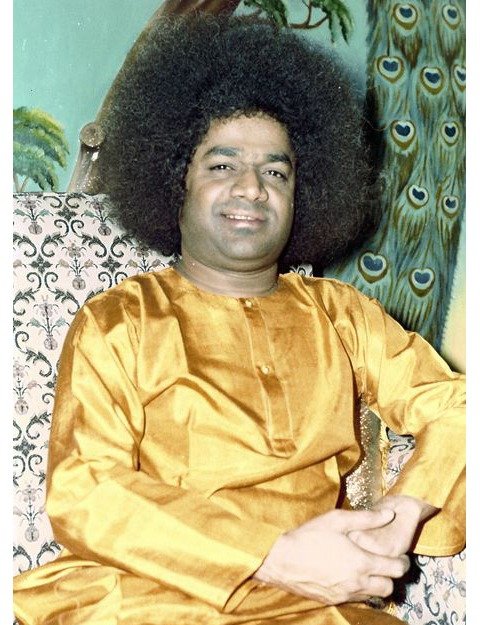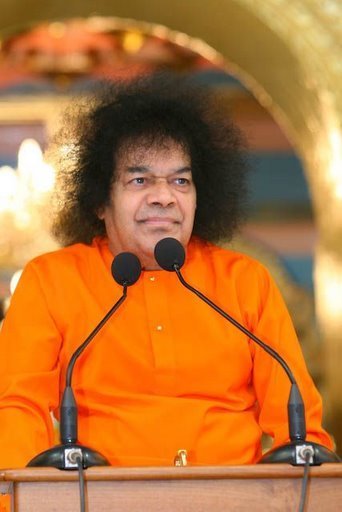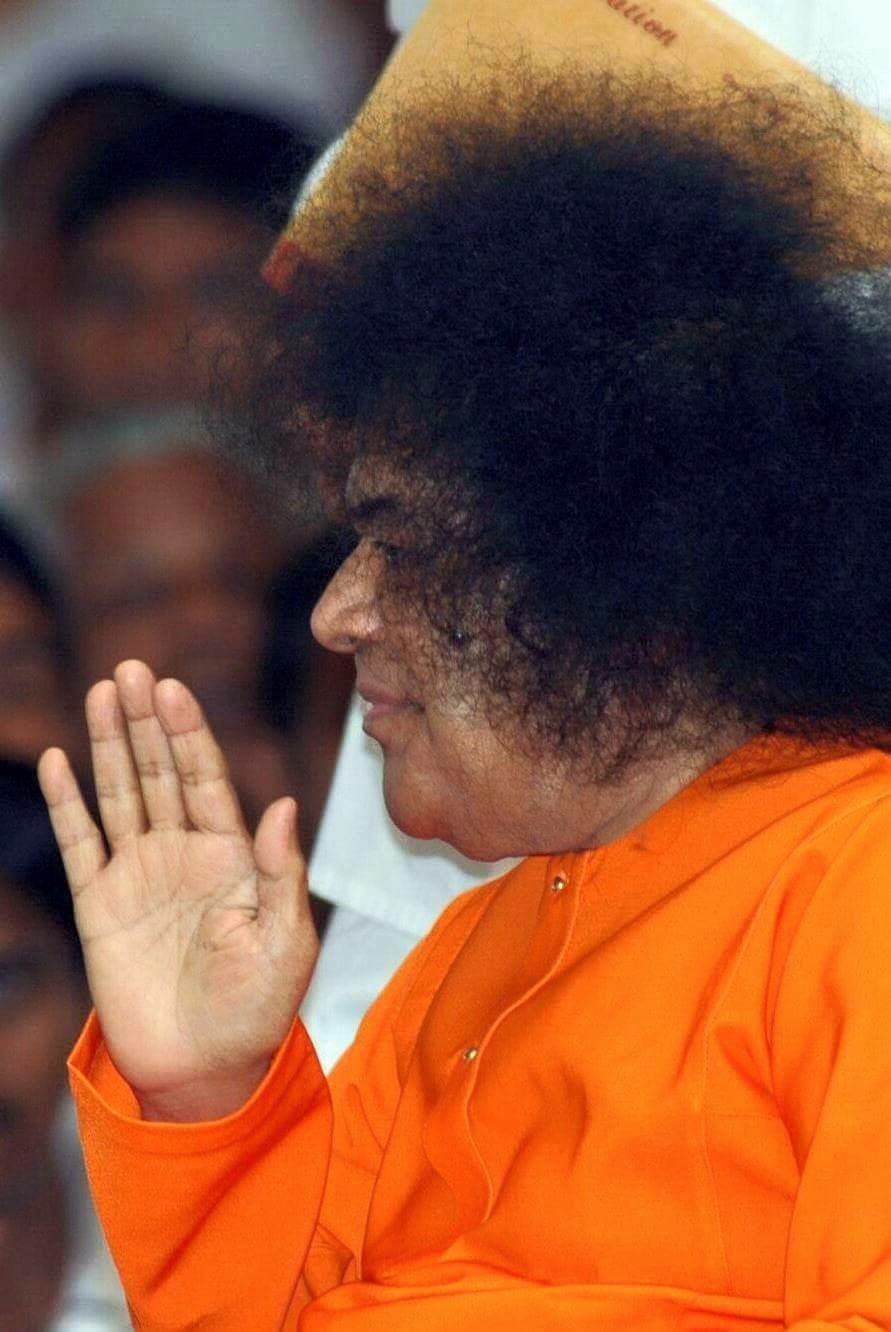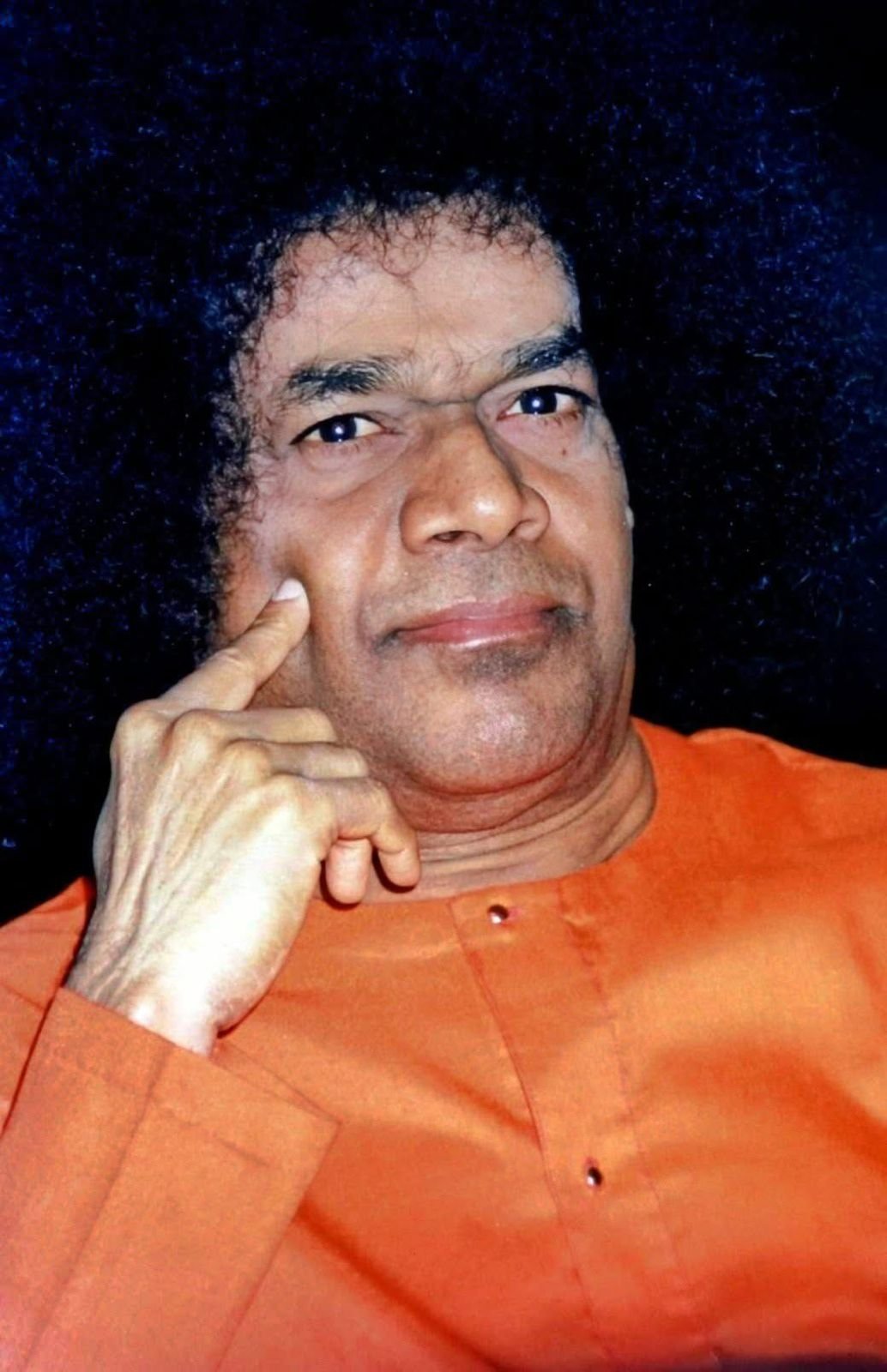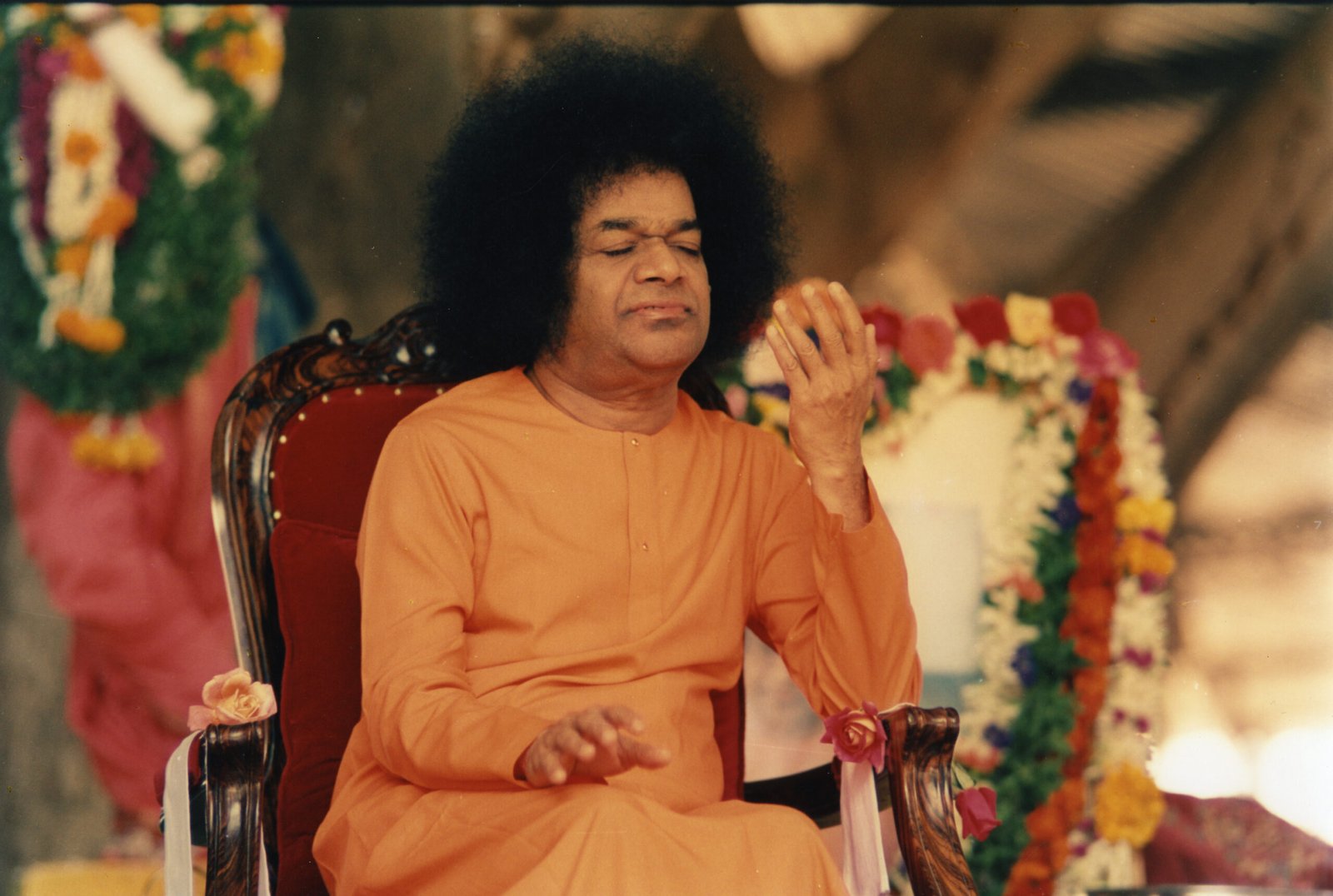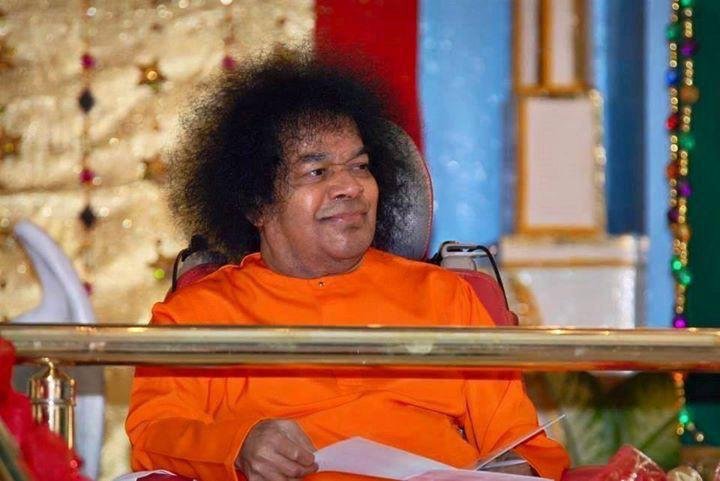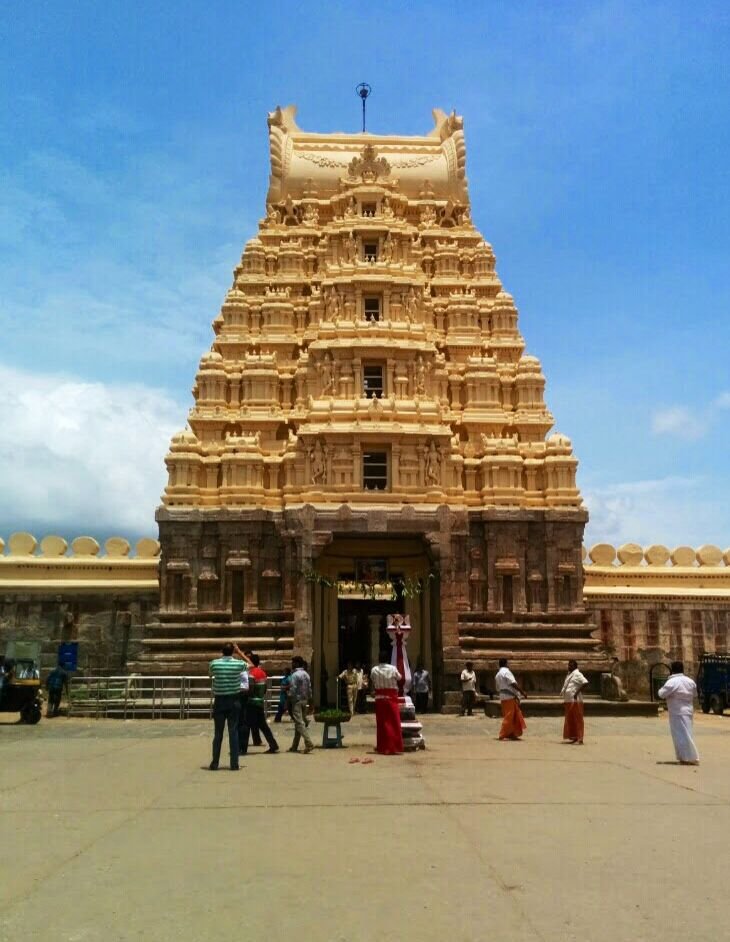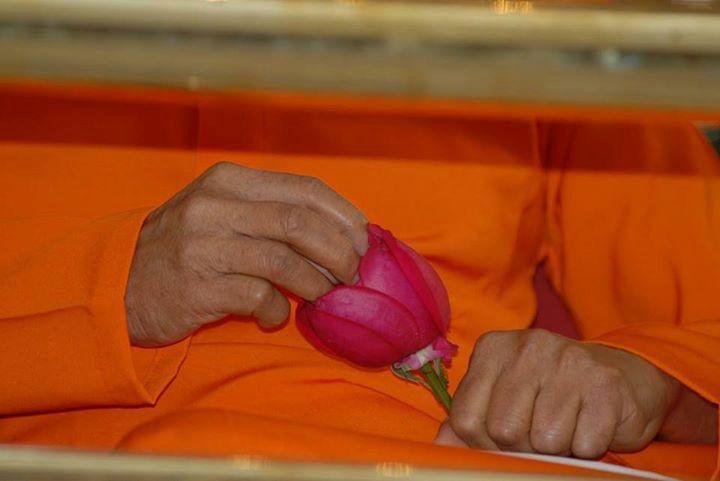The Sacred Parshuram Well (Parshuram Kund) – The Bath of Redemption

The Eternal Spring of Penance
Amid the misty folds of the Mishmi Hills in Arunachal Pradesh flows the crystal-clear Lohit River, a tributary of the mighty Brahmaputra. Hidden in its serene valley lies the Parshuram Kund, also revered as the Parshuram Well, a divine pool of immeasurable sanctity. This sacred site is not merely a geographical wonder but a spiritual pilgrimage of redemption, where divinity meets repentance, and nature becomes a witness to the transformation of a god-incarnate.
Every year, thousands of devotees undertake the arduous journey to this remote corner of India, braving mountains, rivers, and forests, to take a holy dip in its waters. They come seeking purification, forgiveness, and liberation — for this is the spot where the warrior-sage Parshuram, the sixth incarnation of Lord Vishnu, is believed to have cleansed himself of one of the gravest sins in the history of creation.
Legend of Parshuram – The Warrior Sage
According to ancient Hindu scriptures, Parshuram was born to Sage Jamadagni and Mata Renuka, descendants of the Bhrigu lineage. From birth, he possessed immense power and spiritual knowledge, embodying both the fierceness of a warrior and the austerity of a sage. Yet his life was marked by one of the most sorrowful and profound events in mythology — an act that would shape the destiny of his soul forever.
Once, as legend narrates, Sage Jamadagni, known for his fiery temper, became enraged when Renuka momentarily lost her concentration while fetching water, distracted by the reflection of a celestial being. In his anger, the sage commanded his sons to punish her as a test of obedience. While the elder sons refused, Parshuram, bound by his vow of filial duty, unsheathed his divine axe (Parshu) and beheaded his mother without hesitation.
Moved by his son’s loyalty, Jamadagni offered him any boon. Parshuram, filled with remorse, asked for his mother’s life to be restored — and so it was. Yet, even though the physical act was undone, the emotional and spiritual burden of matricide weighed heavily on Parshuram’s heart. He left home and wandered across the earth seeking purification from his sin.
The Birth of the Holy Well
Guided by divine intuition and inner repentance, Parshuram traveled to the far eastern mountains, where the Lohit River roared through the Himalayan valleys. It was here, after years of penance and austerity, that he struck the ground with his axe in deep anguish. The earth split open, and from within gushed forth a spring of pure, sacred water — shimmering like liquid crystal.
This divine spring became known as the Parshuram Kund (or Parshuram Well). Parshuram bathed in its waters, and through this act of surrender and faith, he was finally freed from the karmic burden of his deed. Since that moment, the waters of the Kund are believed to possess the power to cleanse the soul of all sins, granting spiritual rebirth to those who take a dip with devotion.
Spiritual Symbolism – Cleansing of the Soul
The Parshuram Well represents much more than a physical site of pilgrimage — it embodies the timeless human journey from sin to salvation. Parshuram’s story teaches that even the mightiest of beings can err, but true purification lies in repentance and surrender to divine will.
In Hindu philosophy, water is a symbol of purity, transformation, and renewal. The Kund’s sacred waters thus serve as a living metaphor for the process of spiritual cleansing — washing away ignorance, ego, and past karmas to reveal the divine essence within. Pilgrims believe that bathing here not only purifies the body but also renews the spirit, helping one move closer to moksha — liberation from the cycle of birth and death.
The Geography and Natural Beauty of the Kund
Located around 48 kilometers from Tezu, in the Lohit district of Arunachal Pradesh, Parshuram Kund rests amid breathtaking natural beauty. The Lohit River, which originates in the snow-capped mountains of Tibet, flows past the Kund with a force both wild and divine. The surrounding region is covered in thick evergreen forests, interspersed with bamboo groves and wild orchids, while the air carries a constant hymn of flowing water and rustling leaves.
The journey to reach the Kund is itself a pilgrimage — pilgrims cross winding mountain roads, suspension bridges, and steep trails carved into the rocky terrain. The panoramic views of the mountains, combined with the sound of river chants and temple bells, create a feeling of transcendence. The landscape itself seems to bow in reverence to the divine energy that emanates from this sacred well.
Parshuram Mela – The Festival of Purification
The Parshuram Kund Mela, celebrated every year during Makar Sankranti (mid-January), is one of the most significant spiritual gatherings in Northeast India. During this festival, thousands of devotees from all parts of India — Assam, Arunachal Pradesh, Uttar Pradesh, Bihar, Nepal, and Bhutan — gather to take the ritual dip in the sacred waters.
For two days, the entire valley transforms into a living temple. The banks of the Lohit glow with countless oil lamps and incense. Monks, sadhus, and pilgrims chant the name of Parshuram and Lord Vishnu in unison, creating a powerful vibration that echoes through the hills. Rituals of Pind Daan (offerings for ancestors), Tarpan, and Yagna are performed, seeking blessings for both the living and the departed souls.
Local tribal communities, especially the Mishmi people, participate in the festival with their traditional songs, dances, and offerings, blending Vedic rituals with indigenous faith. It is a beautiful celebration of India’s cultural unity — where devotion transcends region and language.
The Divine Power of the Kund
The Parshuram Well is believed to possess miraculous qualities. Legends say that no matter how many devotees bathe in it, its waters remain crystal-clear and undiminished. The Kund’s shape and depth change subtly every year, believed to be the divine will of Parshuram himself.
Pilgrims claim that the moment one enters the cold, shimmering waters, a sense of calmness and surrender overtakes the heart — as if the soul is gently freed from its burdens. Many also say that sincere prayers made here never go unanswered.
Such is the sanctity of this well that even a single drop of its water, when carried home, is considered auspicious and used for purifying homes and sacred rituals.
Modern Development and Preservation
Recognizing the deep cultural and religious value of Parshuram Kund, the Government of Arunachal Pradesh and various spiritual organizations have initiated efforts to develop it into a world-class pilgrimage destination. Roads have been improved, rest houses and shelters for pilgrims are being built, and eco-friendly tourism projects are being introduced to preserve its pristine natural environment.
The state government aims to make Parshuram Kund a global center of spirituality, akin to Ayodhya, Varanasi, and Kamakhya, while maintaining the ecological balance of the region. During the annual mela, the administration provides temporary infrastructure, medical camps, sanitation, and security to accommodate the vast influx of pilgrims.
Cultural Harmony – The Bridge Between Traditions
Parshuram Kund also stands as a bridge between the ancient Vedic and the tribal cultures of Northeast India. The local Mishmi tribes, who revere nature and ancestral spirits, see Parshuram as a divine messenger who brought wisdom and purity to their land. Over centuries, they have woven their own legends around him, adding layers of cultural richness to the original myth.
Thus, Parshuram Kund is not just a Hindu pilgrimage site — it is a living example of India’s spiritual inclusiveness, where divinity flows seamlessly between cultures, faiths, and geographies.
The Eternal Message of Parshuram
The story of Parshuram and his sacred well carries an eternal truth — even divine beings are not beyond the law of karma. What elevates Parshuram’s tale is not his divine power, but his humility in accepting his mistake and his determination to atone for it. His penance gave birth to a spring that continues to cleanse souls even today.
For devotees, the Parshuram Well is not just a place — it is an inner journey. It reminds humanity that true purity comes not from avoidance of sin but from honest repentance and transformation. The sacred water symbolizes divine forgiveness, assuring every soul that redemption is possible through faith, courage, and surrender.
Conclusion – The Waters of Redemption
The Parshuram Well (Parshuram Kund) remains one of the most spiritually charged and visually stunning places in India. Here, mythology breathes through the mountains, and every ripple of water whispers the name of Parshuram. It is a place where penance meets peace, where the warrior becomes a sage, and where faith transforms into freedom.
For those who journey here, the experience is more than a pilgrimage — it is a rebirth through water, a reminder that even amidst human frailty, divine grace forever flows.


